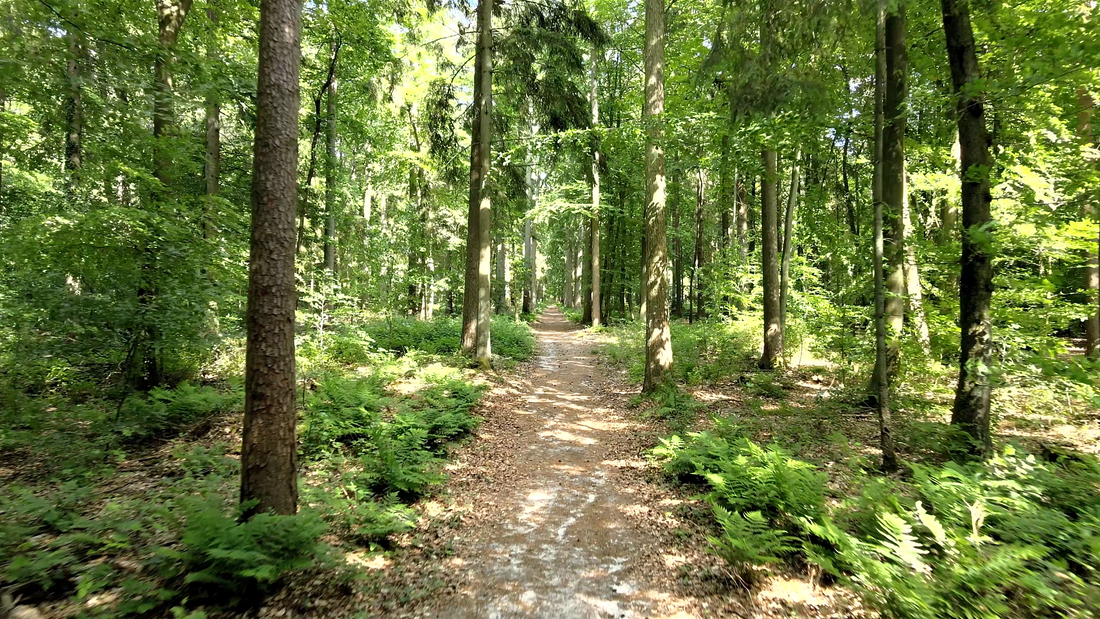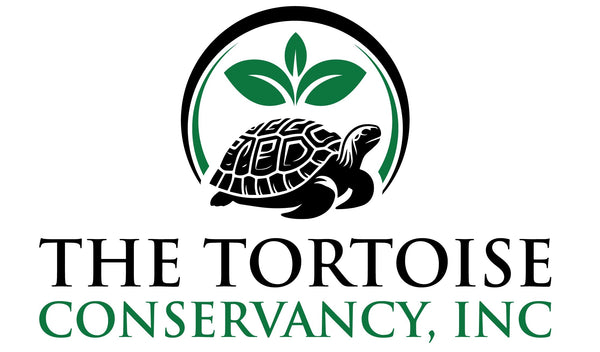
Creating Wildlife Sanctuaries: The Future of Gopher Tortoise Conservation
Share
Wildlife conservation goes beyond the protection of individual species; it encompasses the protection of entire ecosystems that support a rich tapestry of life. One of the core initiatives of The Tortoise Conservancy is the creation of wildlife sanctuaries that serve as safe havens for gopher tortoises and the over 350 species that depend on their burrows. These sanctuaries not only ensure the survival of the tortoises but also help protect broader ecosystems that are under threat from habitat destruction, urbanization, and environmental degradation.
The creation of wildlife sanctuaries begins with the identification of suitable land. For gopher tortoises, this means locating areas with well-drained, sandy soils that are ideal for burrowing, as well as open spaces with plenty of native vegetation for foraging. Once these lands are identified, they are carefully managed and restored to provide optimal conditions for wildlife. Management strategies include removing invasive species, reintroducing native plants, and using controlled burns to maintain the open landscapes that gopher tortoises and many other species need to thrive.
The establishment of these sanctuaries is not just about setting aside land—it is about actively managing these spaces to support biodiversity. By protecting large, contiguous areas, we create ecosystems where species can interact and thrive without the constant threat of human interference. This, in turn, allows gopher tortoises to dig their burrows and expand their populations, while other species benefit from the shelter, food, and ecological services that these burrows provide.
Featured Species: Eastern Indigo Snake

